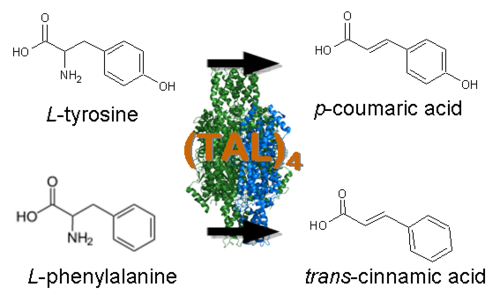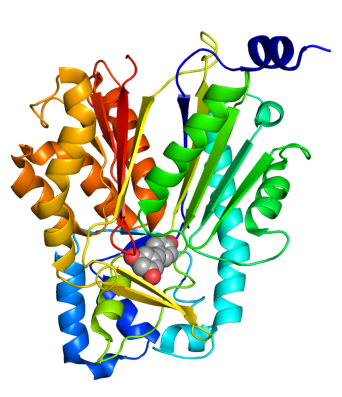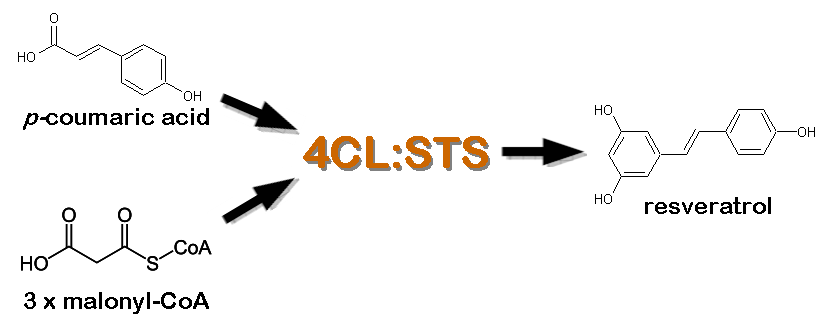Team:Rice University/STRATEGY
From 2008.igem.org
Revision as of 22:09, 29 October 2008 by StevensonT (Talk | contribs)
| OUR TEAM ::: SUMMARY ::: INTRODUCTION ::: STRATEGY ::: RESULTS ::: ONGOING WORK ::: GALLERY
SUMMARY ::: BACKGROUND ::: STRATEGY ::: CONSTRUCTS ::: RESULTS ::: ONGOING WORK ::: OUR TEAM ::: NOTEBOOK ::: GALLERY |
 "
"






